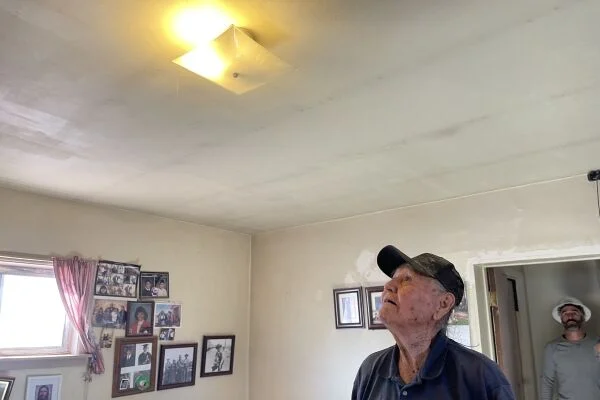
- Details
- By Tribal Business News Staff
- Energy | Environment
The U.S. Department of the Interior announced $71 million in funding to electrify homes in 13 tribal communities.
The funding, distributed through the Bureau of Indian Affairs’ Tribal Electrification Program, will close the access-to-electricity gap in these communities, many of which have been historically underserved. According to a DOI statement, the investment is part of the Inflation Reduction Act and contributes to the administration’s goal of achieving a carbon pollution-free electricity sector by 2035.
The $71 million is the second and final round of the Tribal Electrification Program’s (TEP) funding, bringing the total to some $150 million. TEP provides financial and technical assistance to connect homes in tribal communities to clean energy sources, as well as support for home repairs and retrofitting necessary for the installation of zero-emissions systems. It also creates workforce development opportunities in clean energy across Indian Country.
“Every family deserves to have access to reliable, affordable electricity,” Interior Secretary Deb Haaland said in a statement. “Now, with historic investments from President Biden’s Investing in America agenda, we’re honoring our commitment to deliver clean energy to Indian Country to electrify more homes.”
The program's first round of funding, totaling $72 million, was announced in March 2024 and awarded to 21 Tribes and Tribal organizations. By tailoring support to the specific needs of each tribe, TEP is designed to ensure diverse energy and electrification needs are met across Indian Country, according to the statement.
Tribes receiving funding in the current round include:
- Rosebud Sioux Tribe (South Dakota): $11,850,000
- Red Lake Band of Chippewa Indians (Minnesota): $8,738,100
- Navajo Tribal Utility Authority (Arizona, New Mexico, Utah): $7,376,200
- Eastern Shoshone Housing Authority (Wyoming): $7,375,000
- Bois Forte Band of Chippewa (Minnesota): $6,479,000
- Hopi Utilities Corporation (Arizona): $6,060,459
- Kootznoowoo, Incorporated (Alaska): $5,998,319
- Yurok Tribe (California): $4,300,143
- Quinault Indian Nation (Washington State): $3,948,800
- Levelock Village (Alaska): $3,313,979
- Tanana Chiefs Conference (Alaska): $3,000,000
- SAGE Development Authority (Standing Rock Sioux Tribe) (North Dakota, South Dakota): $2,000,000
- Ewiiaapaayp Band of Kumeyaay Indians (California): $560,000
In 2000, the Energy Information Administration reported that 14% of Native American households lacked access to electricity, a rate 10 times higher than the national average. In 2022, the Department of Energy estimated that over 16,000 Tribal homes remained unelectrified, primarily in the Southwest and Alaska.
